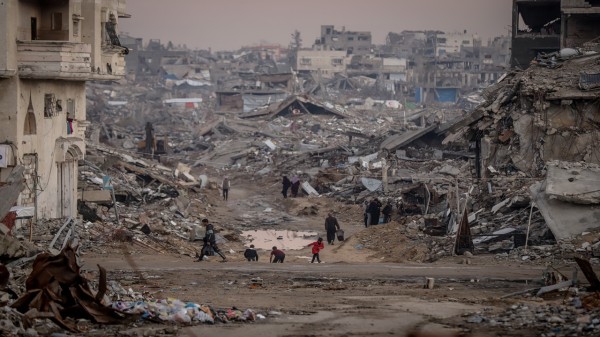

By signing in or creating an account, you agree with Associated Broadcasting Company's Terms & Conditions and Privacy Policy.


By signing in or creating an account, you agree with Associated Broadcasting Company's Terms & Conditions and Privacy Policy.

New Delhi: Tensions between Japan and China have recently been extremely exaggerated. In the latest development, China has urged its citizens not to travel to Japan and summoned the country's ambassador in Beijing. This comes at the back of an escalating war of words that started when Japan’s Prime Minister Sanae Takaichi suggested that Japan could respond with its own self-defence force if China attacked Taiwan.
The rift is historic, only reigniting again. Part of which pertains to the longstanding "strategic ambiguity" on the sovereignty of self-governed Taiwan.
The start of the current tensions can be traced to a parliamentary meeting in Japan where the Prime Minister’s reply to a question from an opposition lawmaker regarding Taiwan caused a flurry. The Japanese Prime Minister said that such events can be seen as a survival-threatening situation for Japan. "If there are battleships and the use of force, no matter how you think about it, it could constitute a survival-threatening situation," Takaichi responded.
It is important to note that a "survival-threatening situation" is a legal term under Japan's 2015 security law. It refers to a situation when an armed attack on its allies poses an existential threat to Japan. Japan sees an activation of its own self-defence forces as a response in such a case. Takaichi's remarks drew immediate ire from Beijing, with China's foreign ministry describing them as "egregious".
While sentiments like this have been in the undercurrent of Japanese political rhetoric for a while, Takaichi’s explicit mention of it has caused a break in tradition and an open display on increasing hostility between the two countries.
Another contentious point between the two are the Senkaku Islands. Known in China as the Diaoyu Islands, they are currently administered by Japan but claimed by China. China’s recent emplacement of coast guard vessels around the islands in what it described as a “rights enforcement patrol.” Beijing’s statement insisted the operation was lawful and aimed at upholding China’s “rights and interests” in the area.
The rift thus is growing, taking on a much more significantly larger form than just rhetorical pushbacks. Diplomatic tensions have clearly soared as both the countries are engaged in action, with China summoning Japan’s ambassador in Beijing for the first time in over two years.
Further China has warned its citizens against traveling to Japan, citing “risks to personal safety.” Thus a spate of non-military, but diplomatic and travel restrictive measures are being played out which should not be seen as the product of a single provocation, but a summation of long-standing tensions and recalibrations according to the current geopolitical scenarios.












